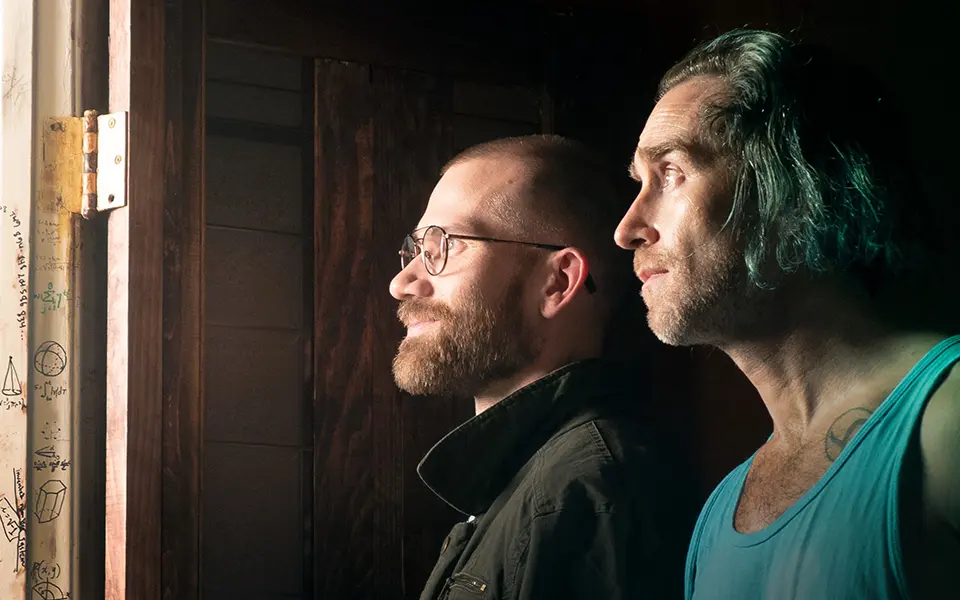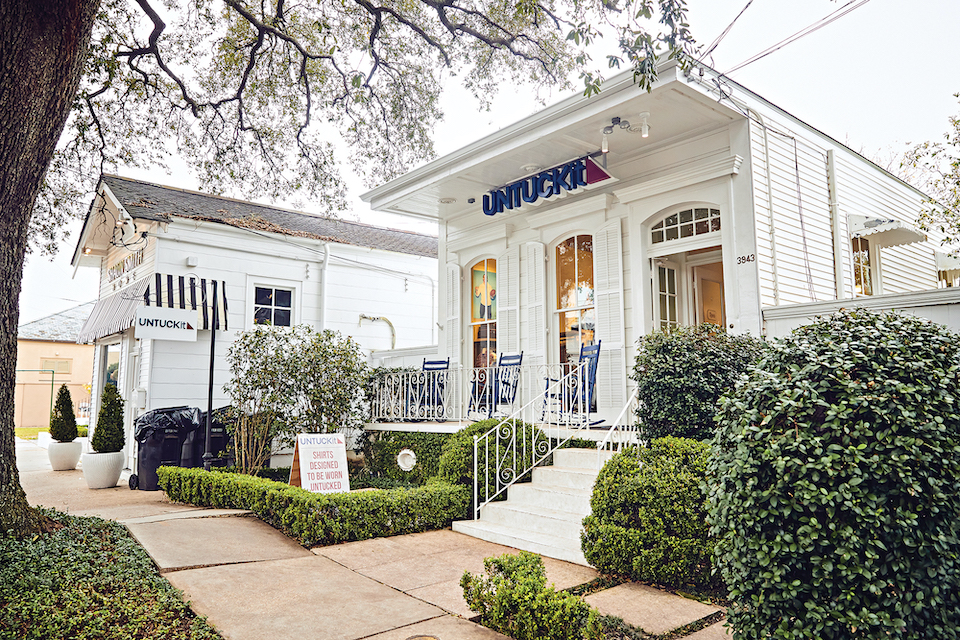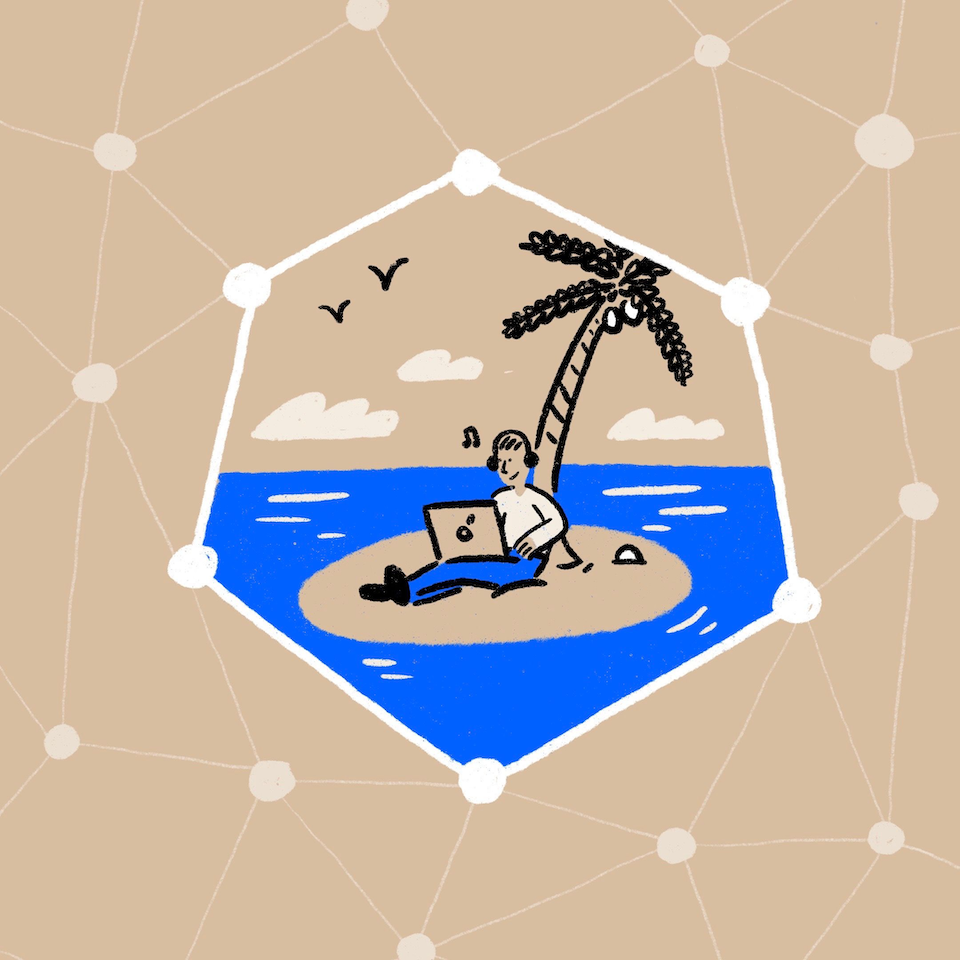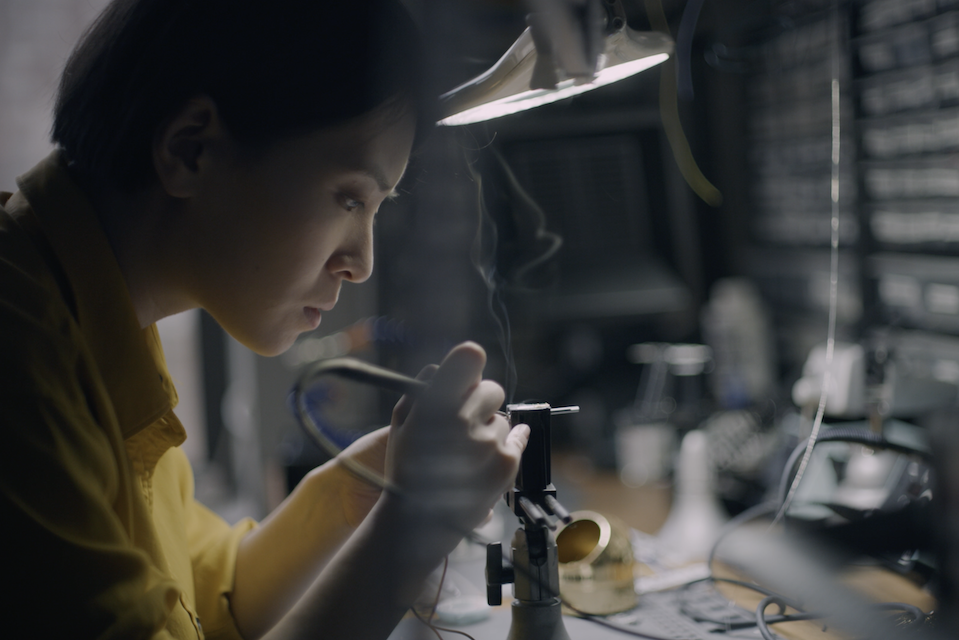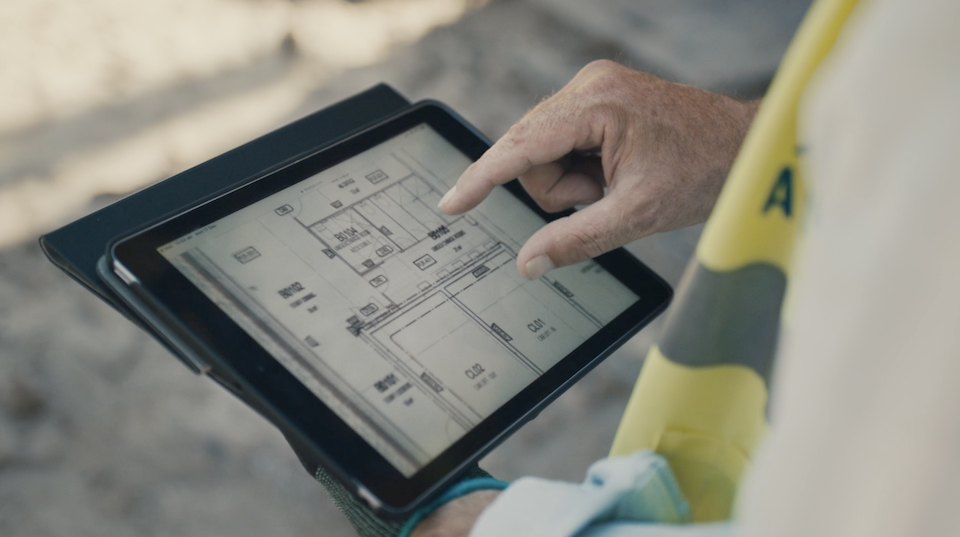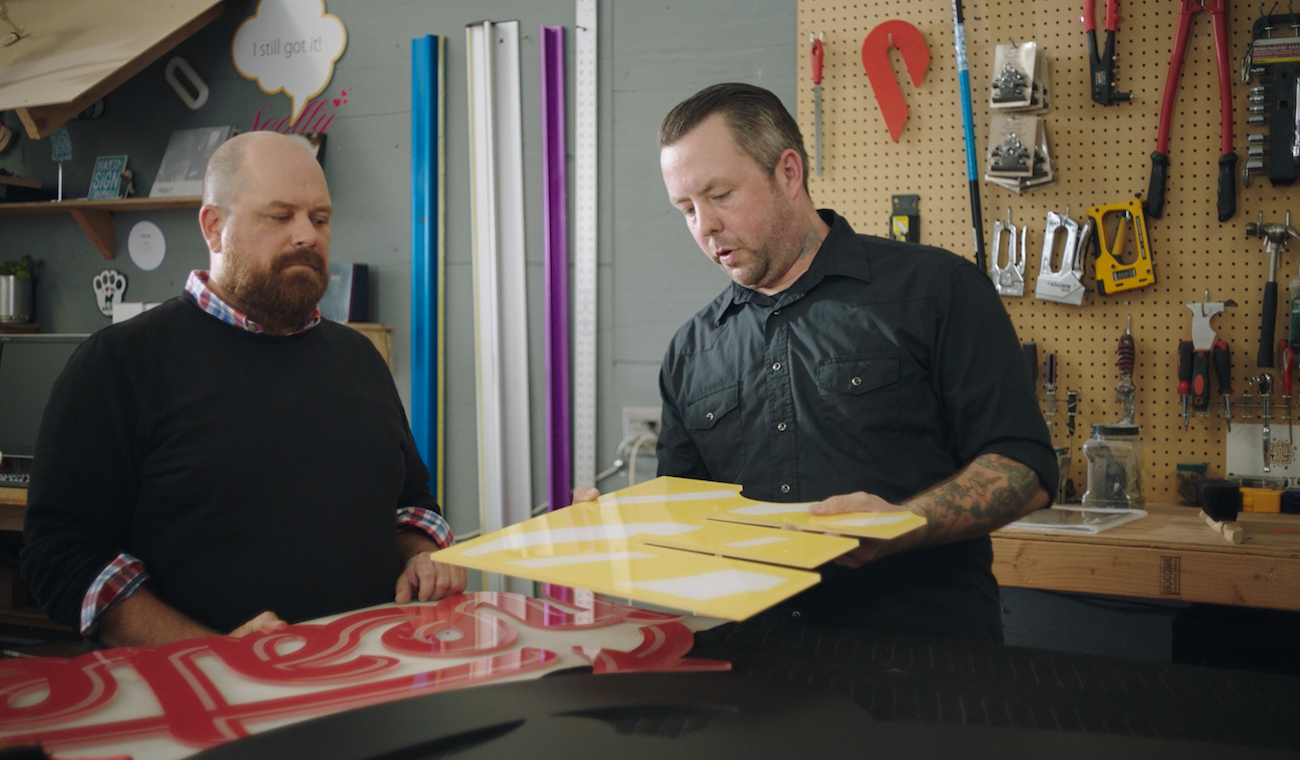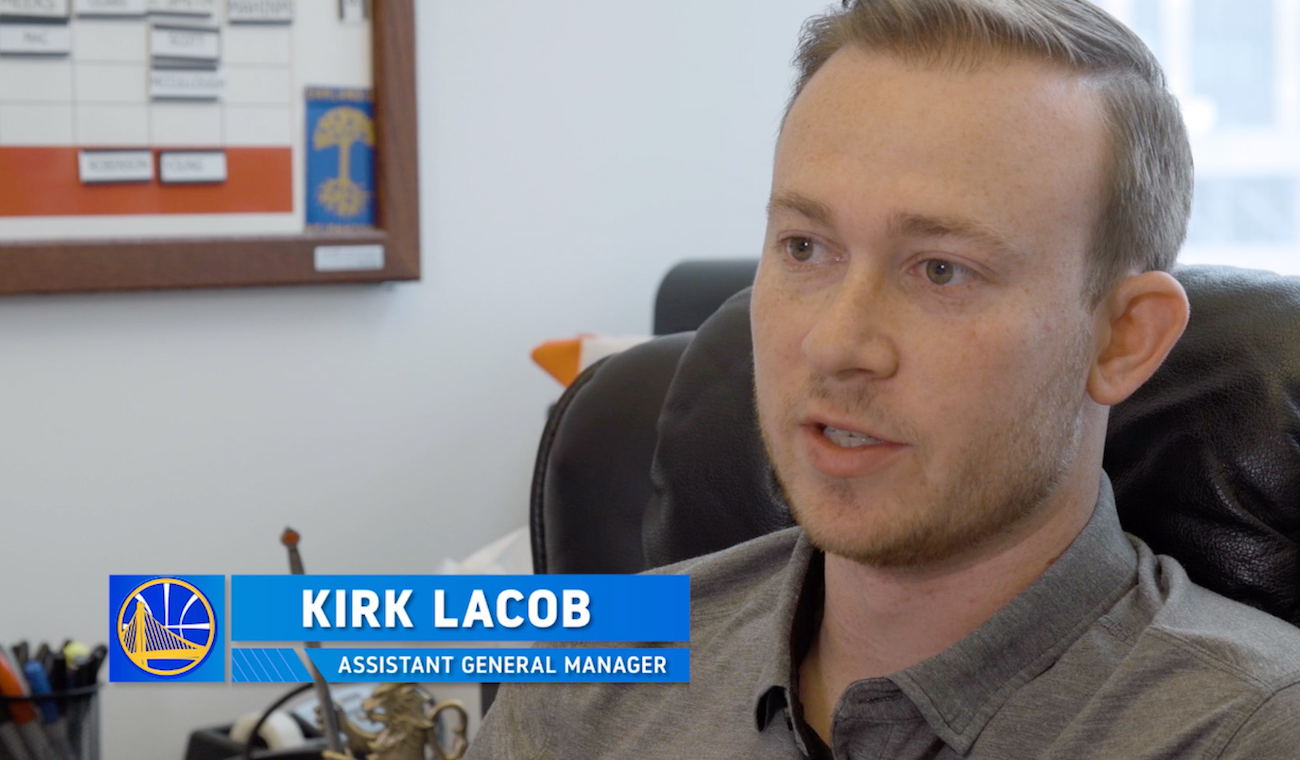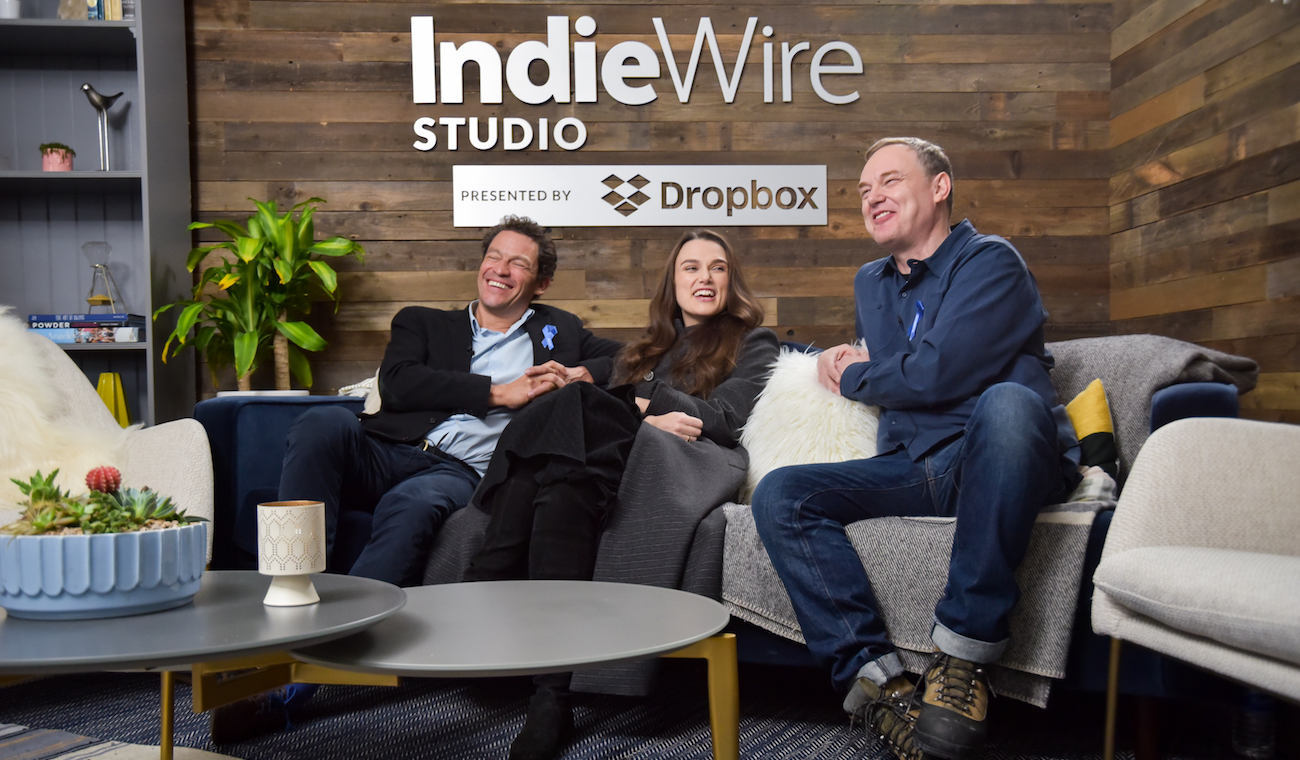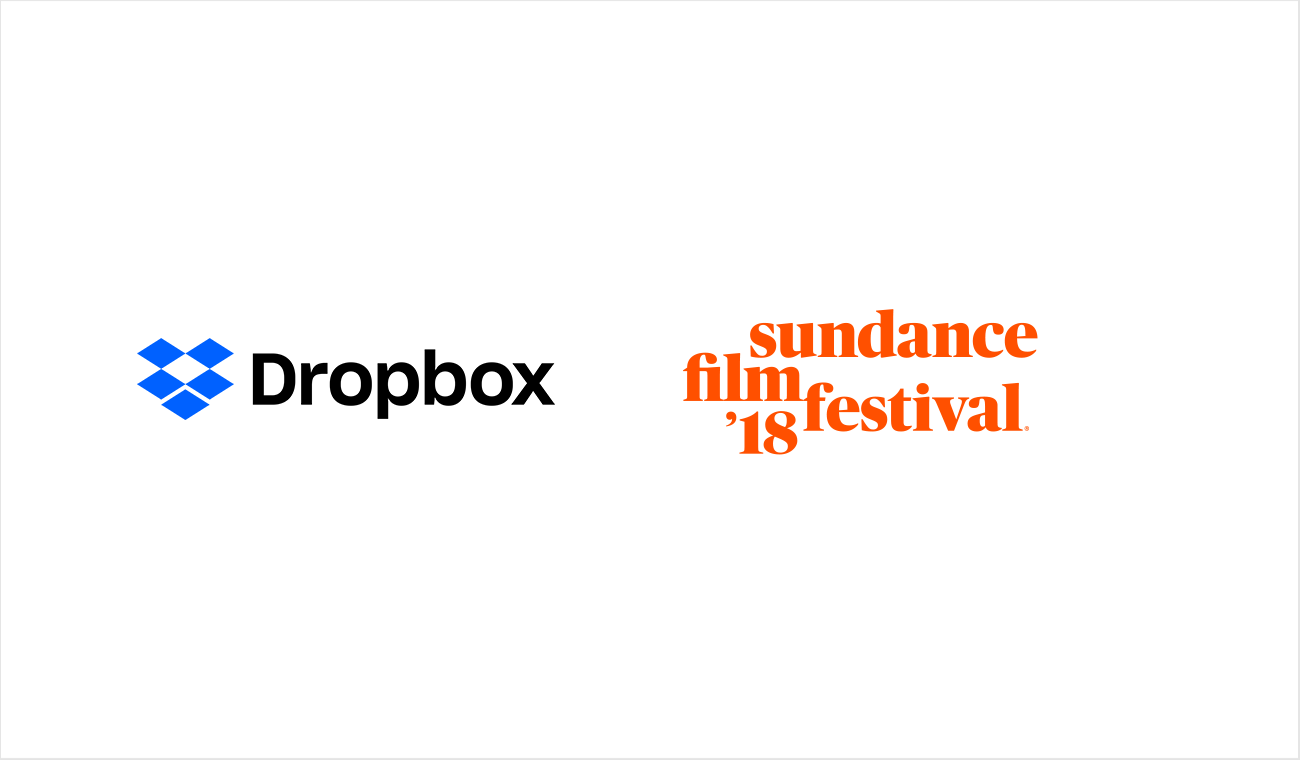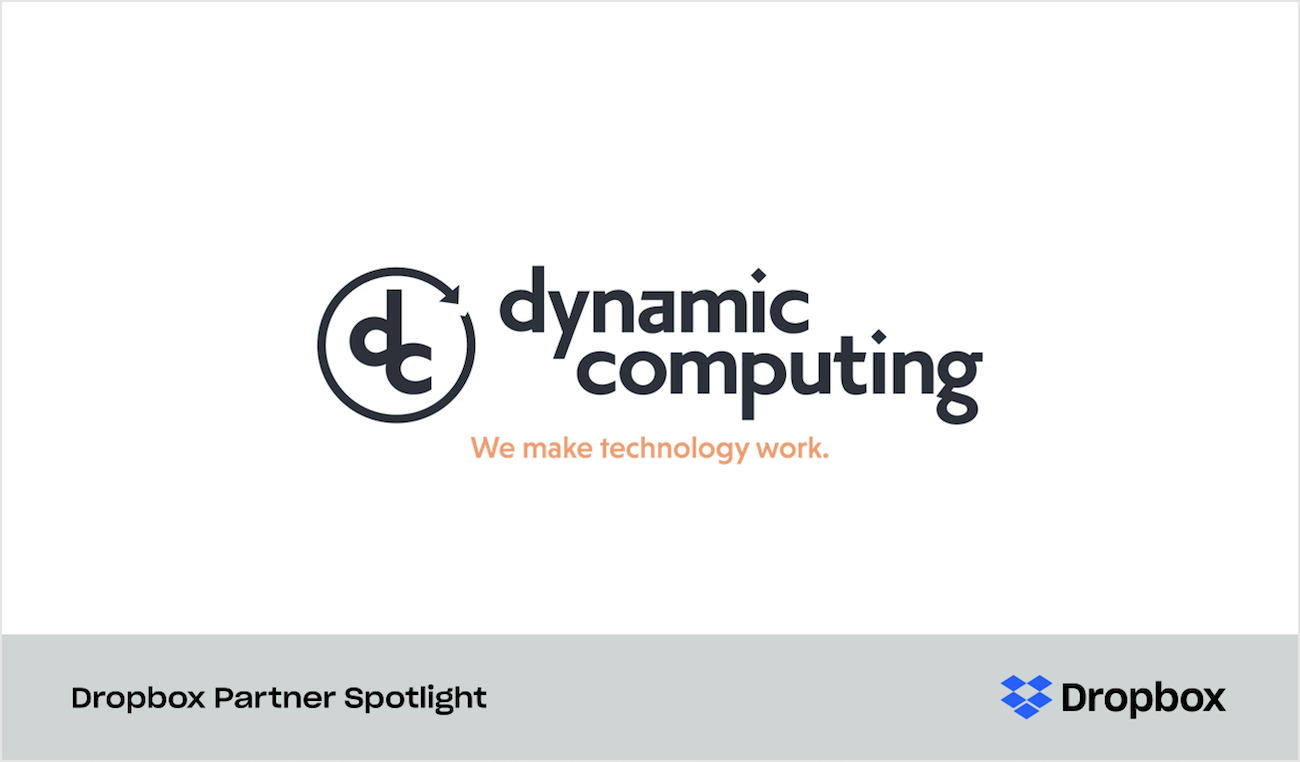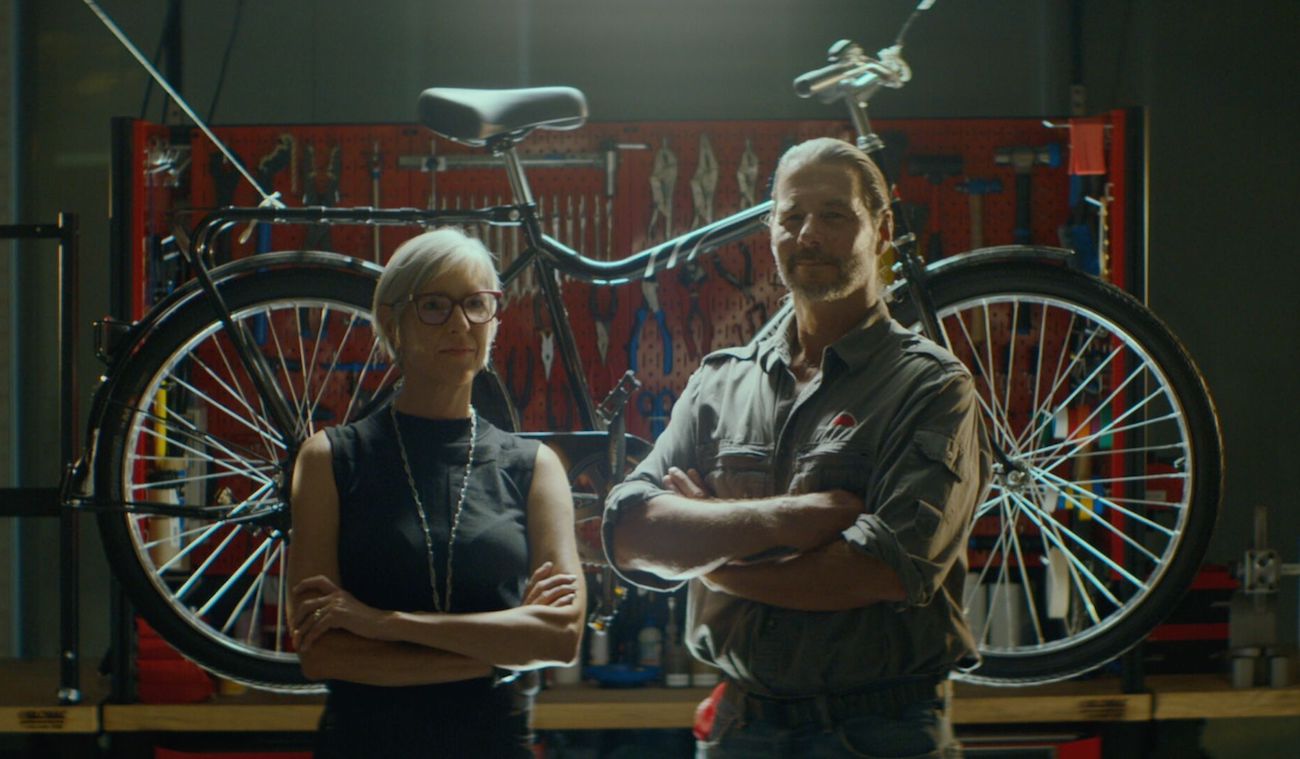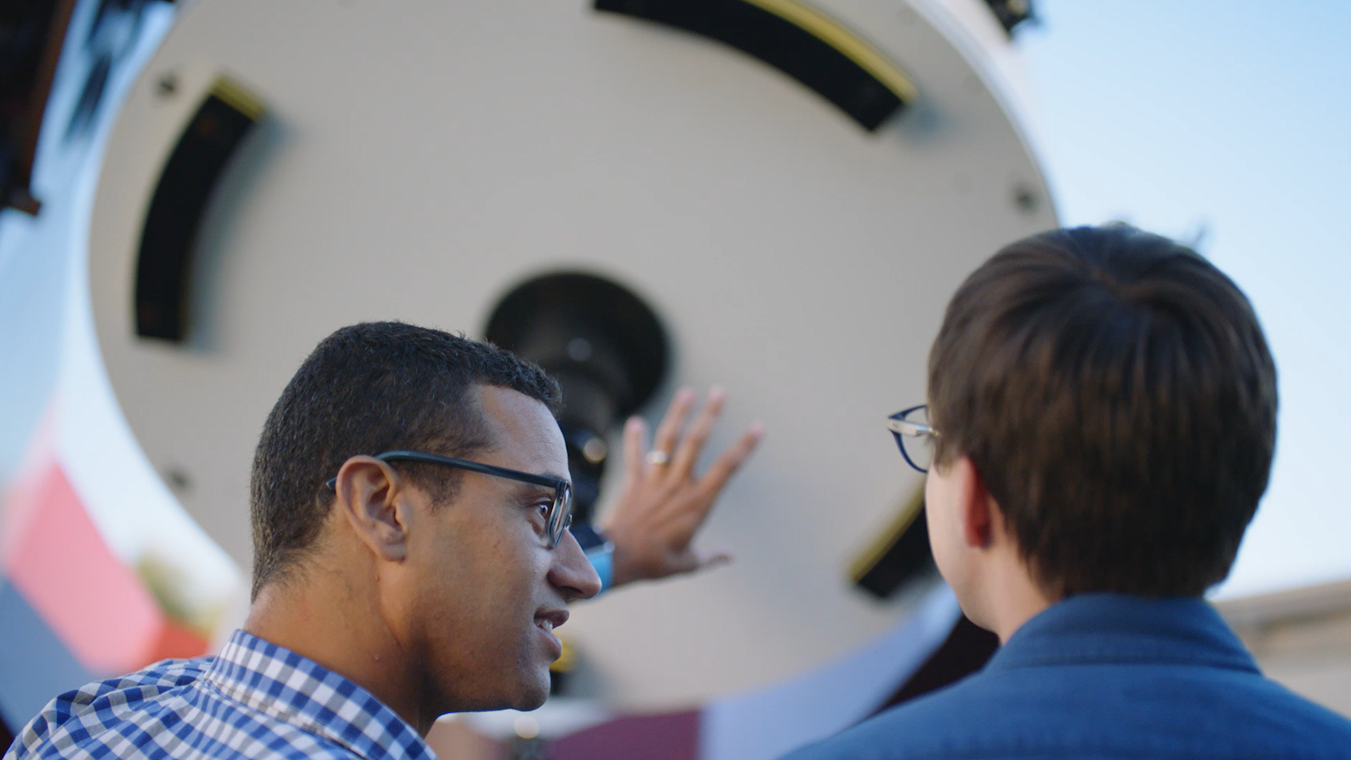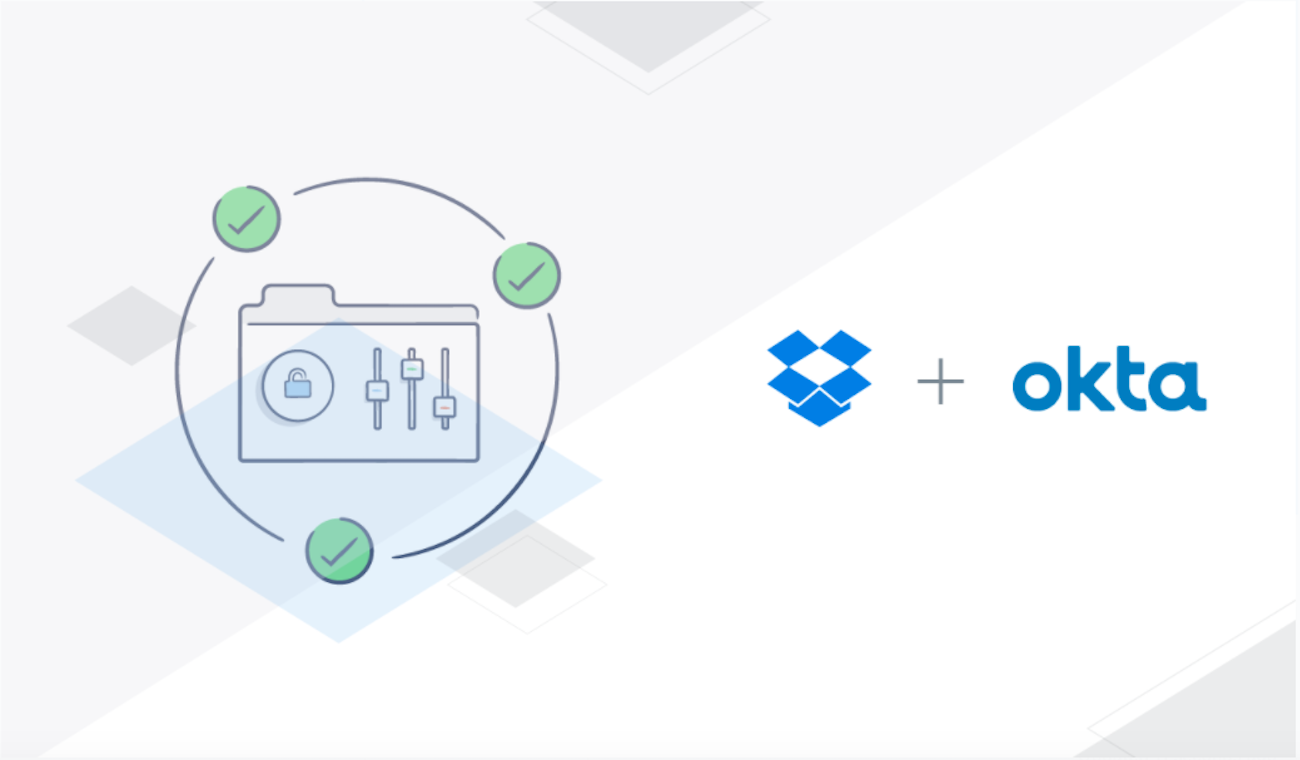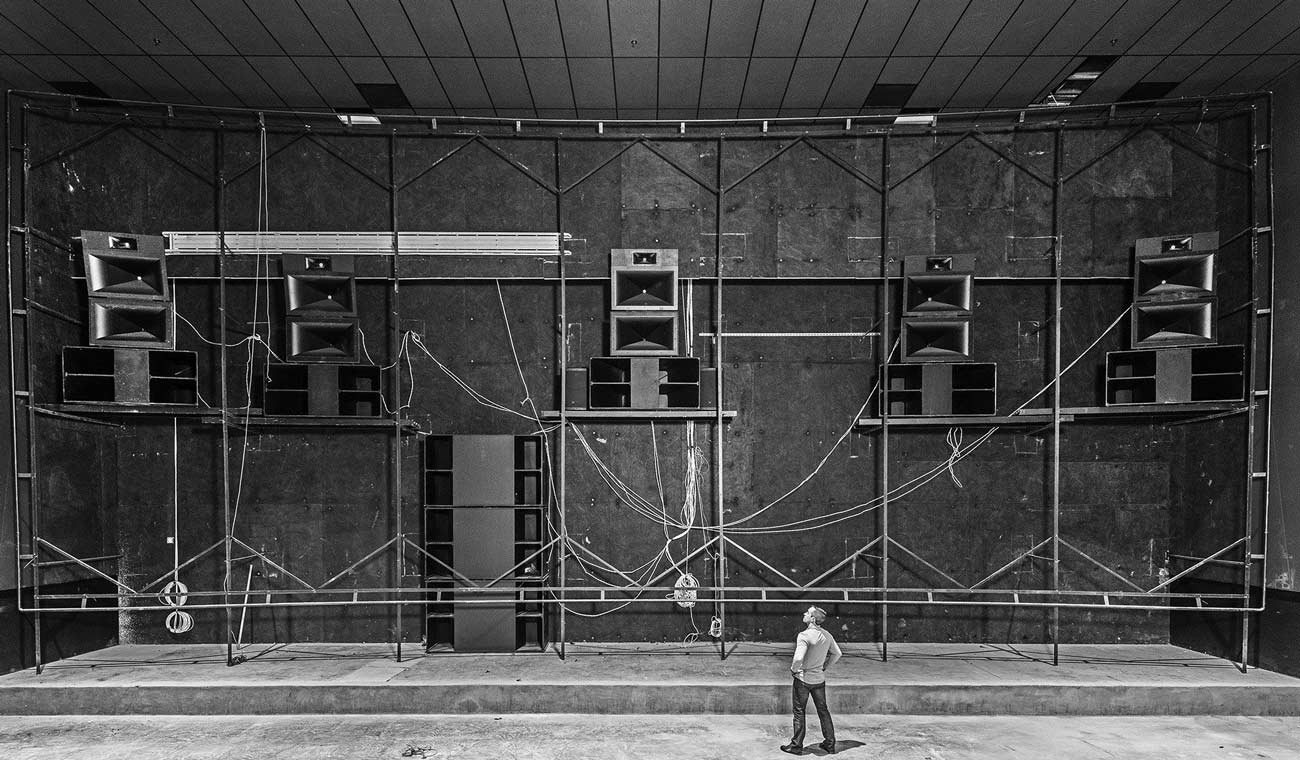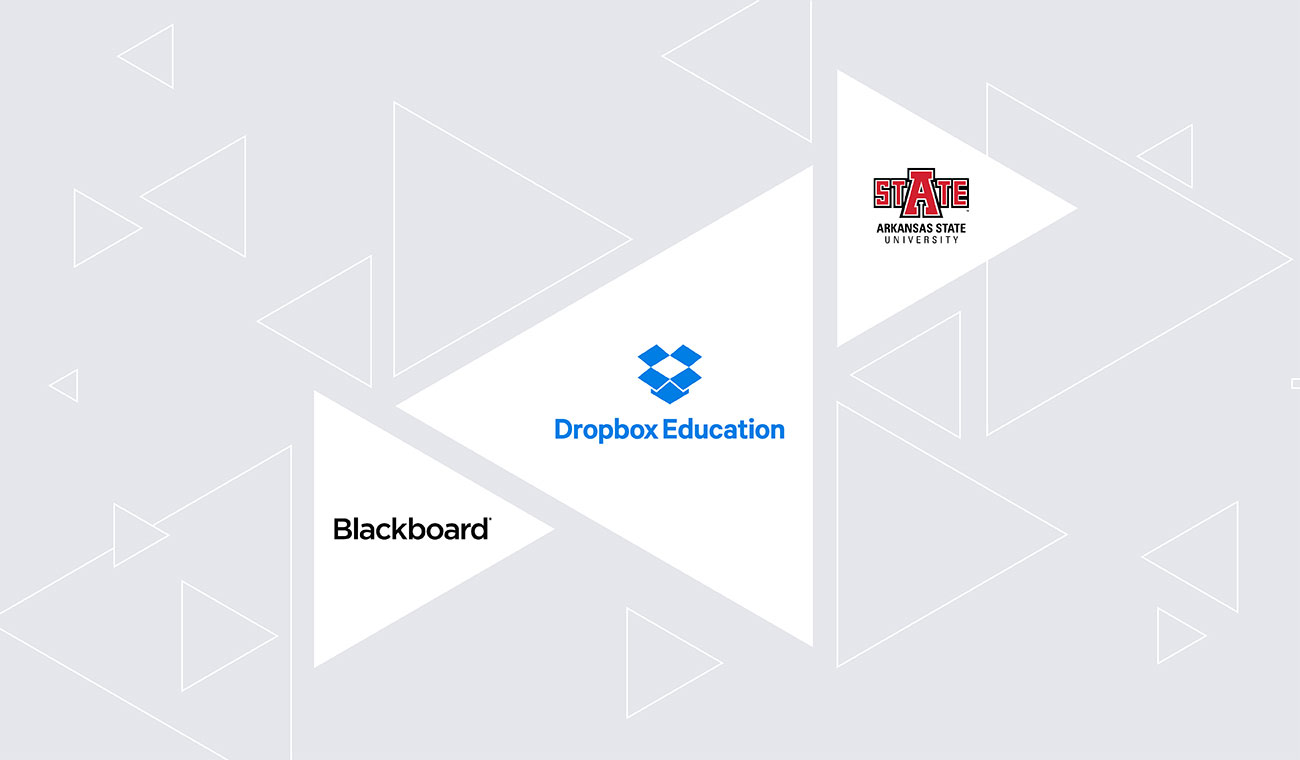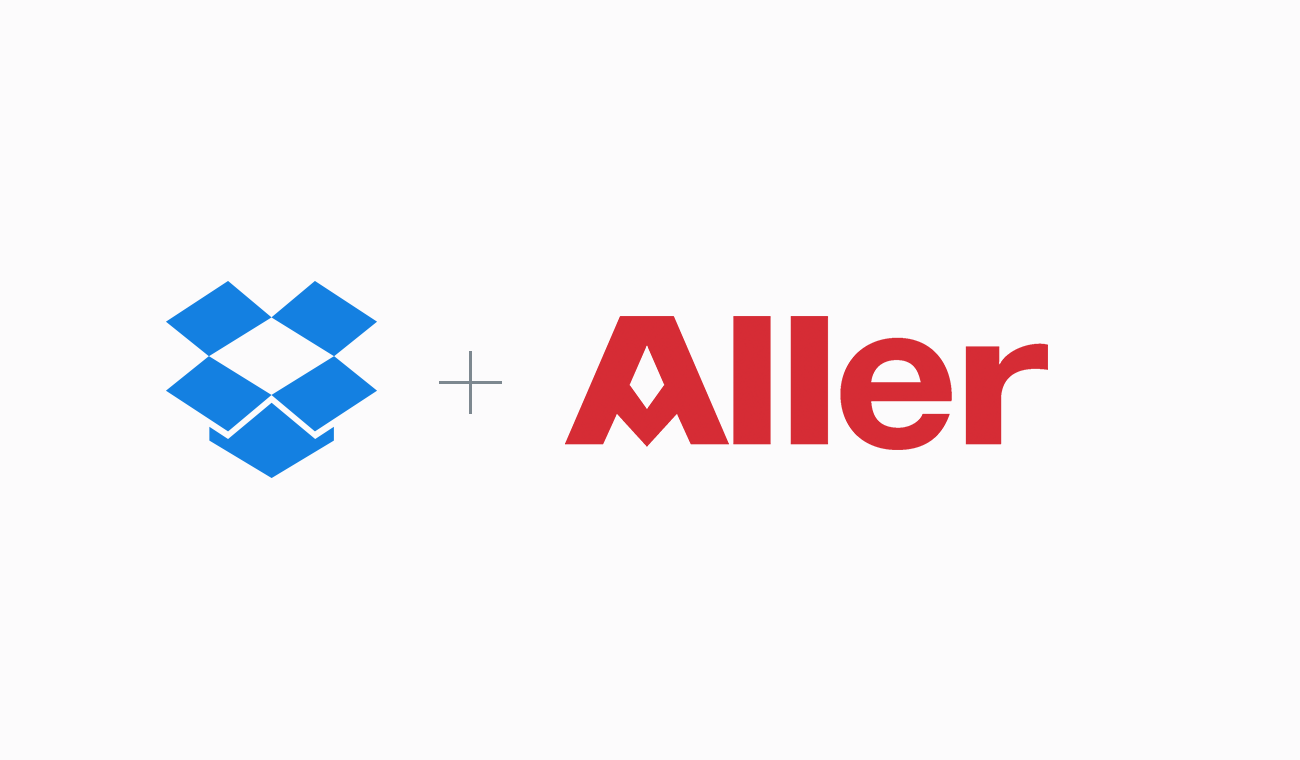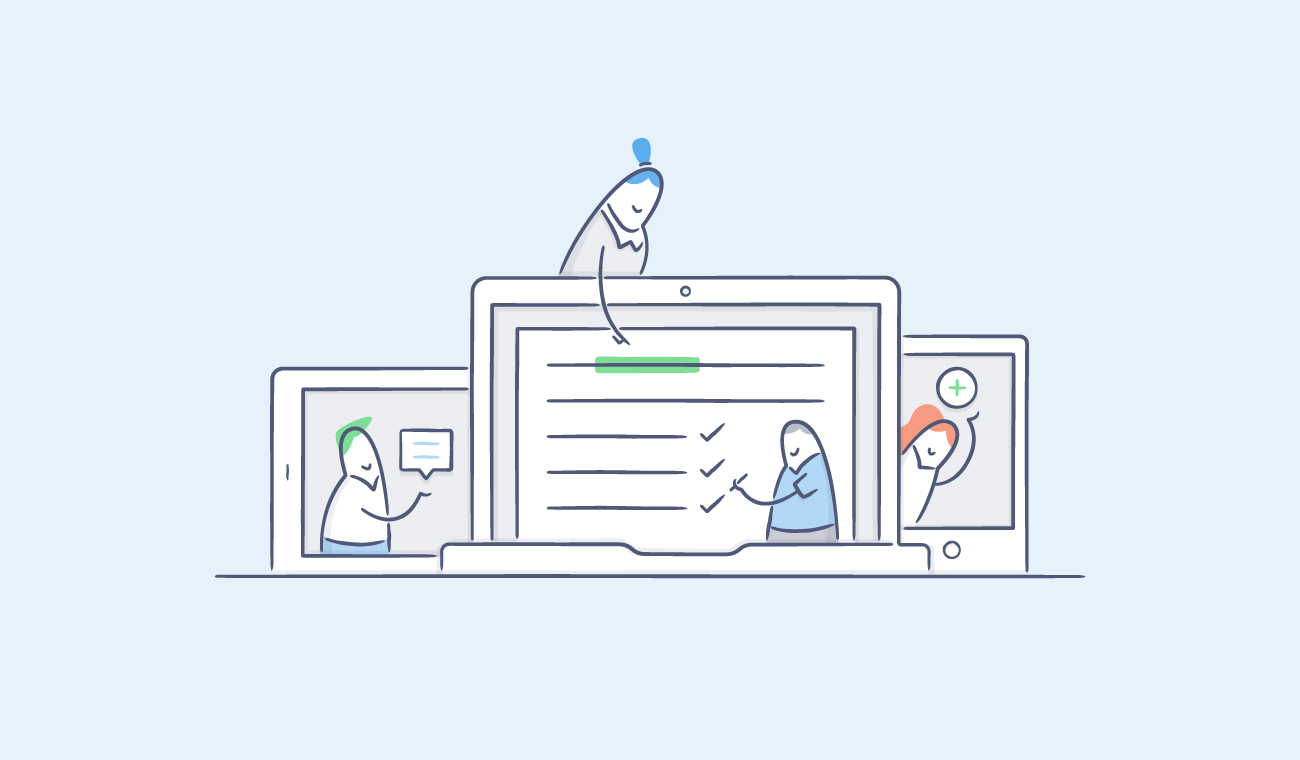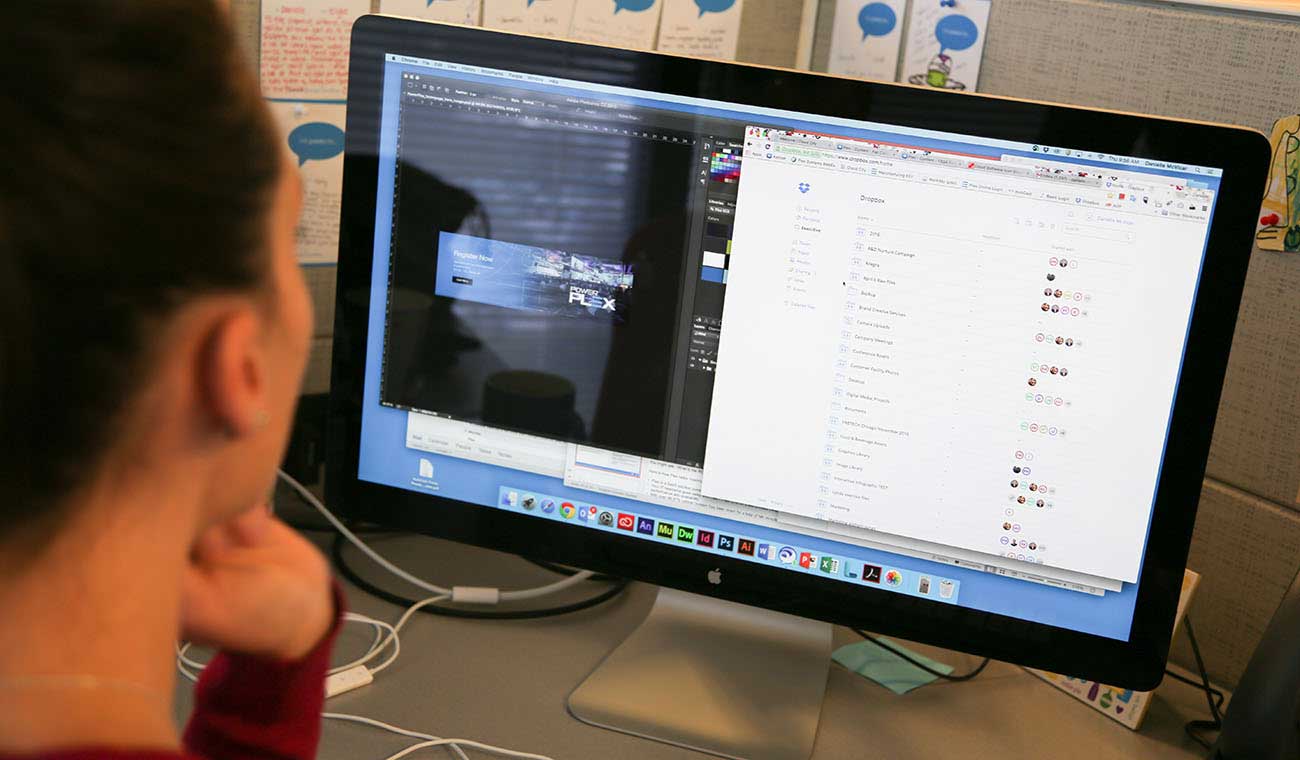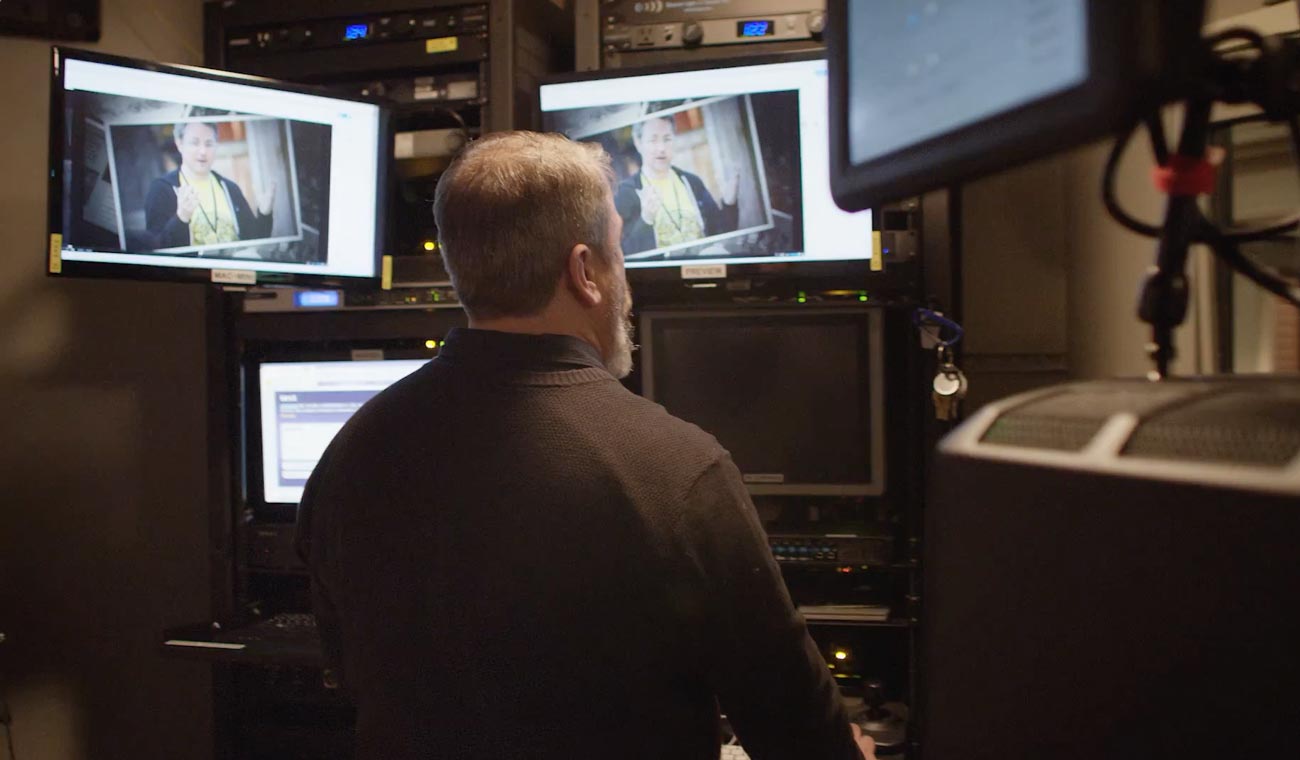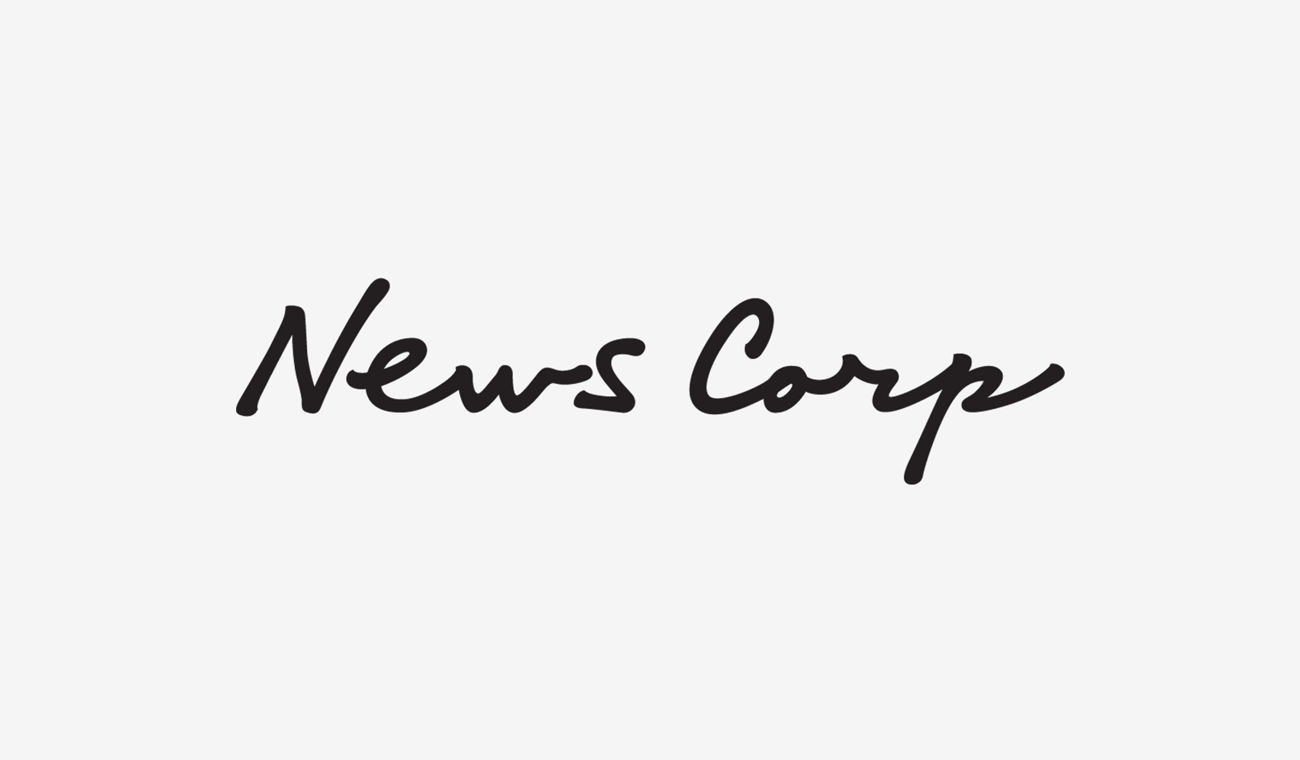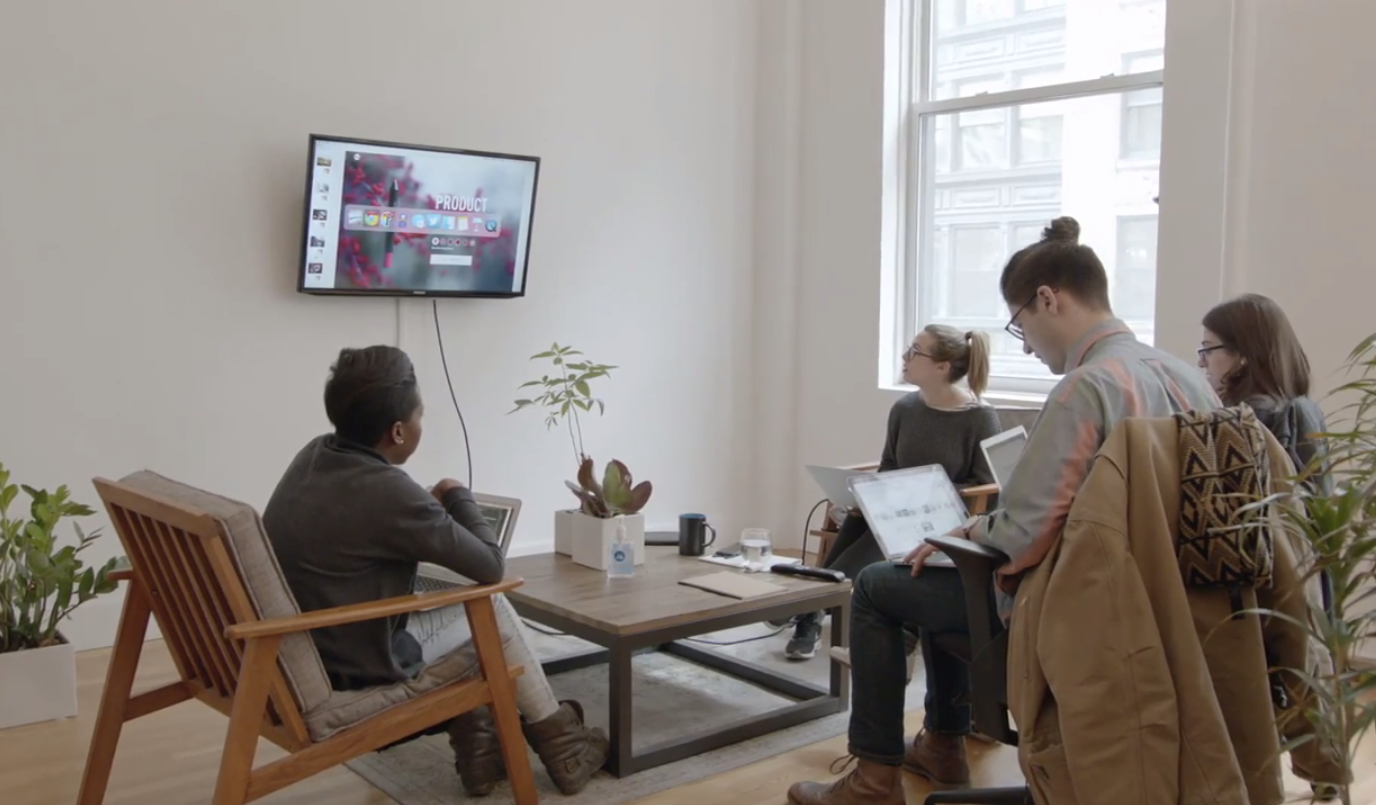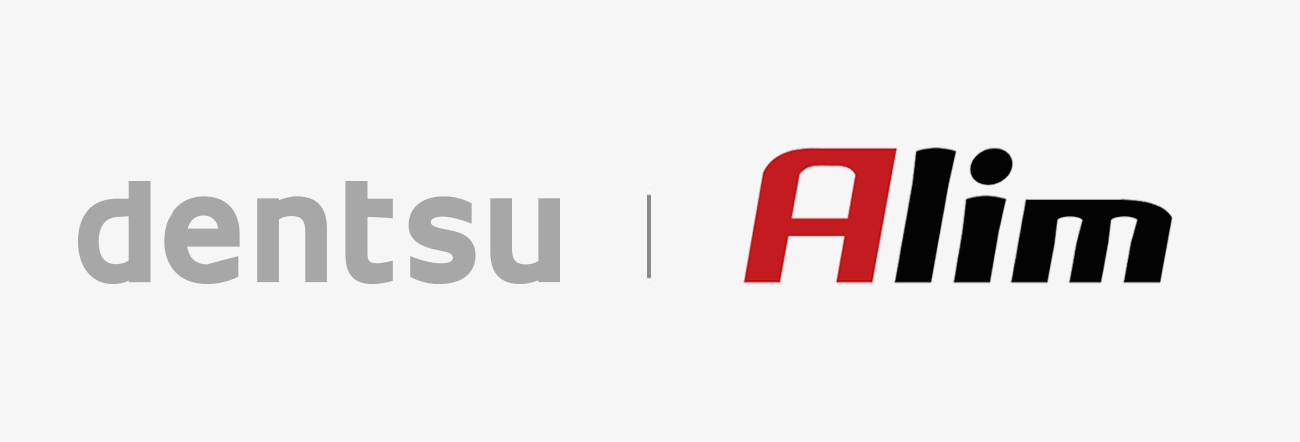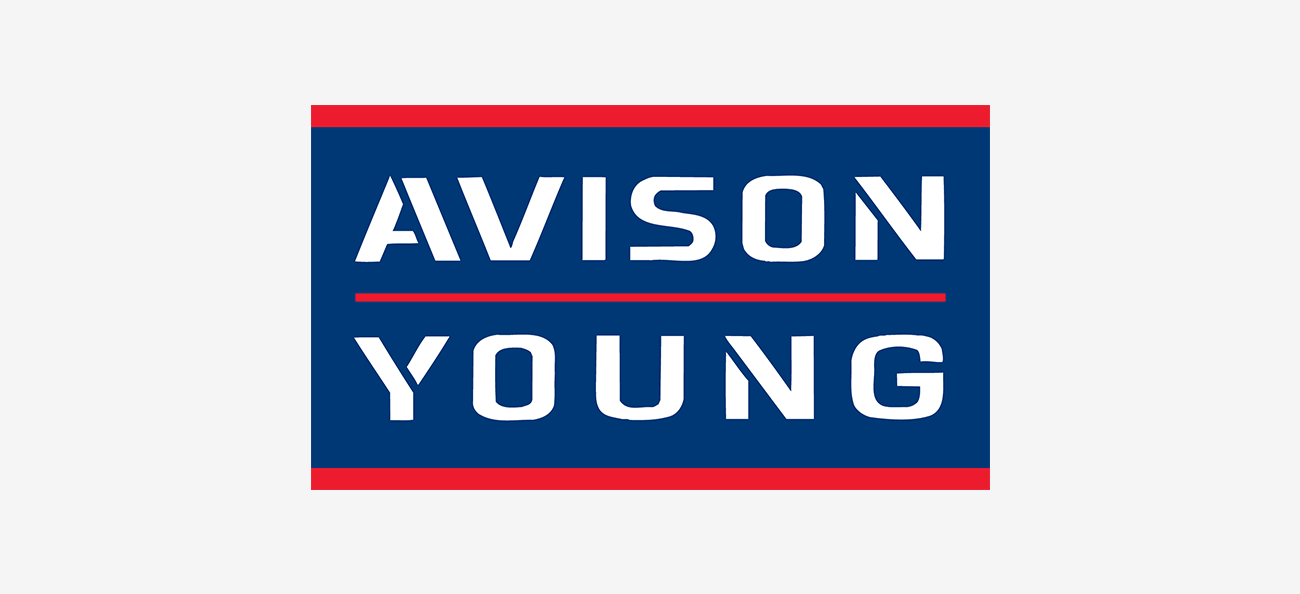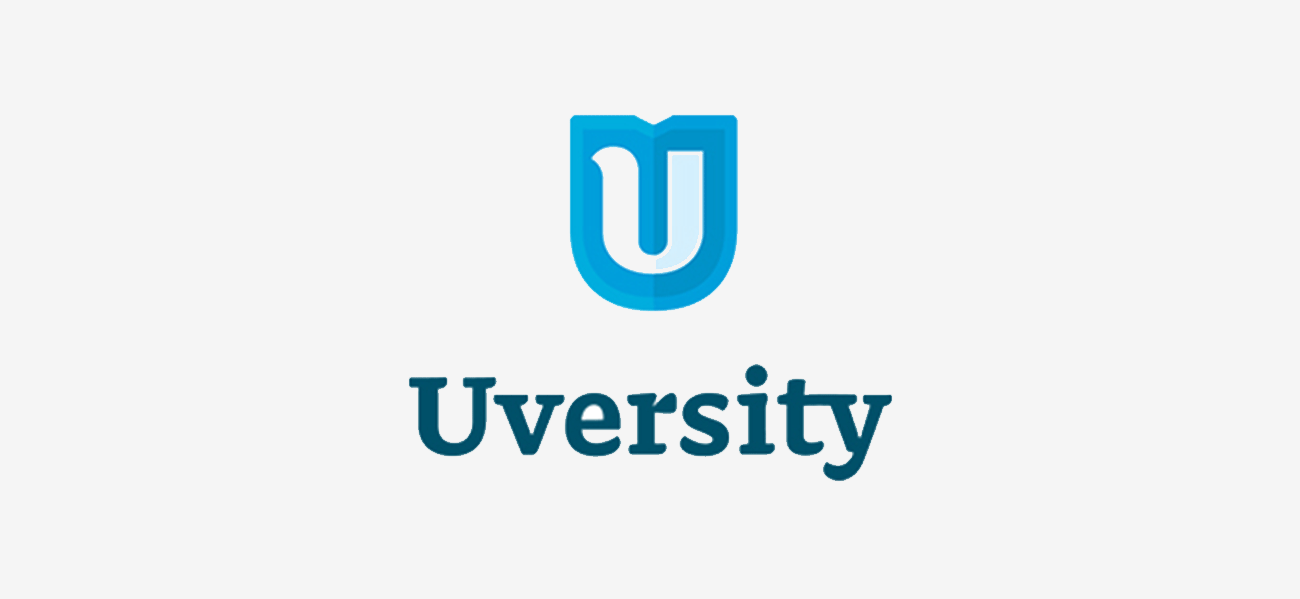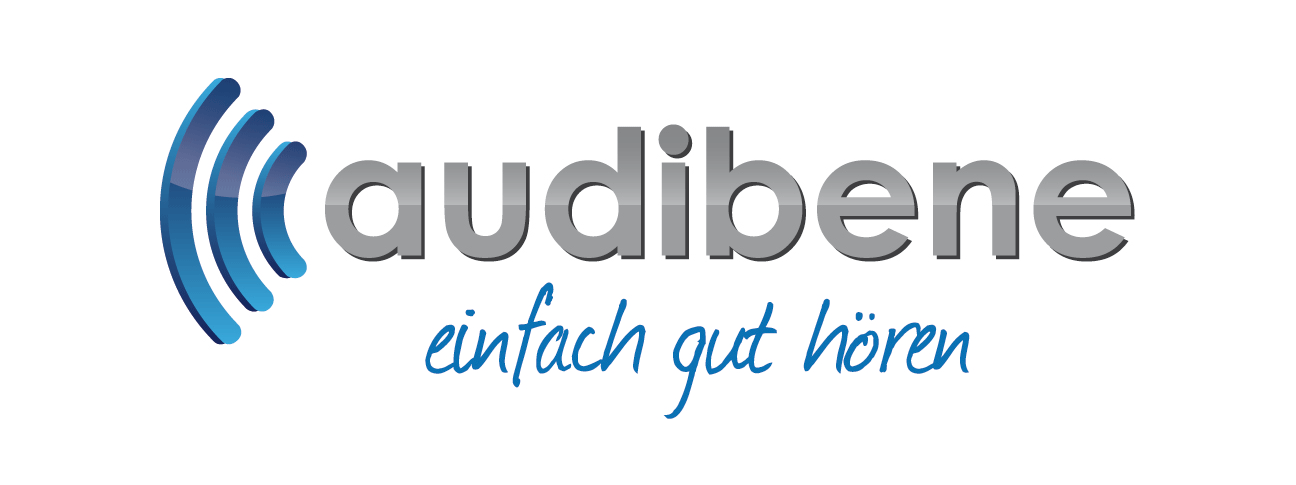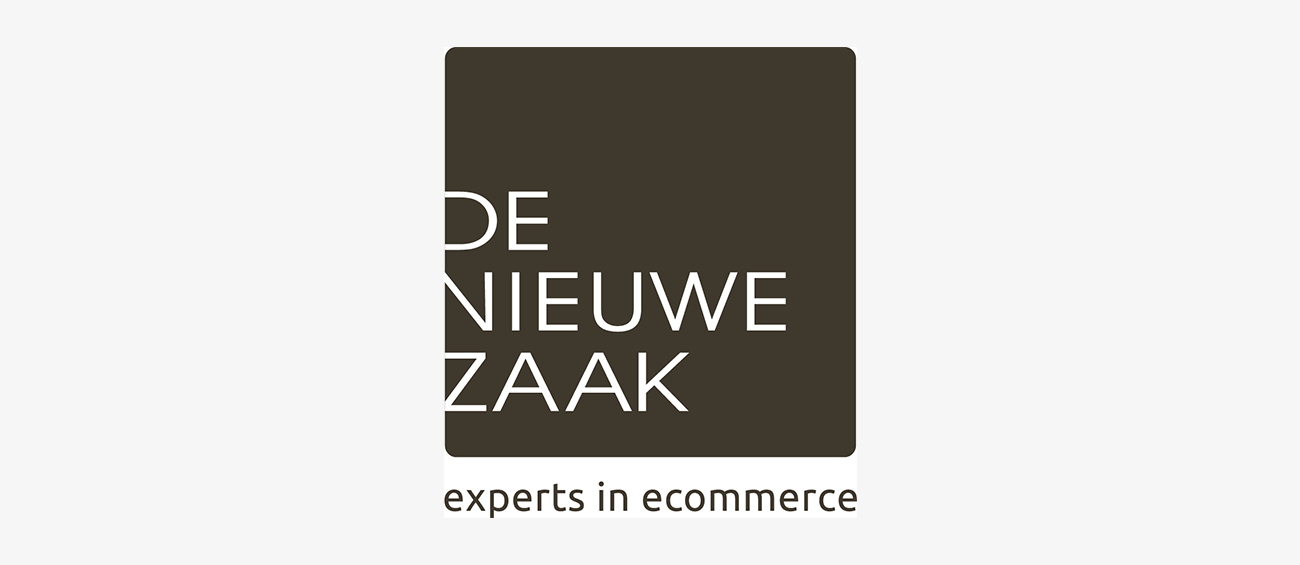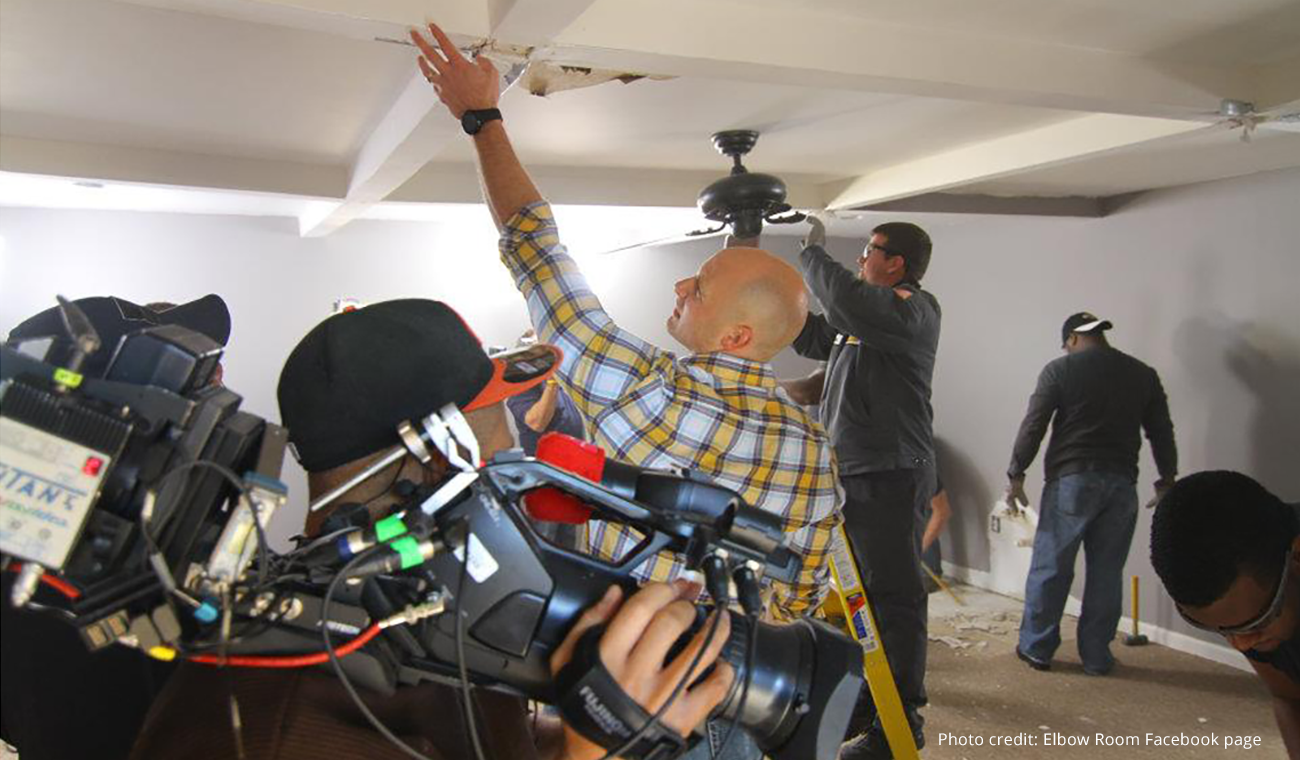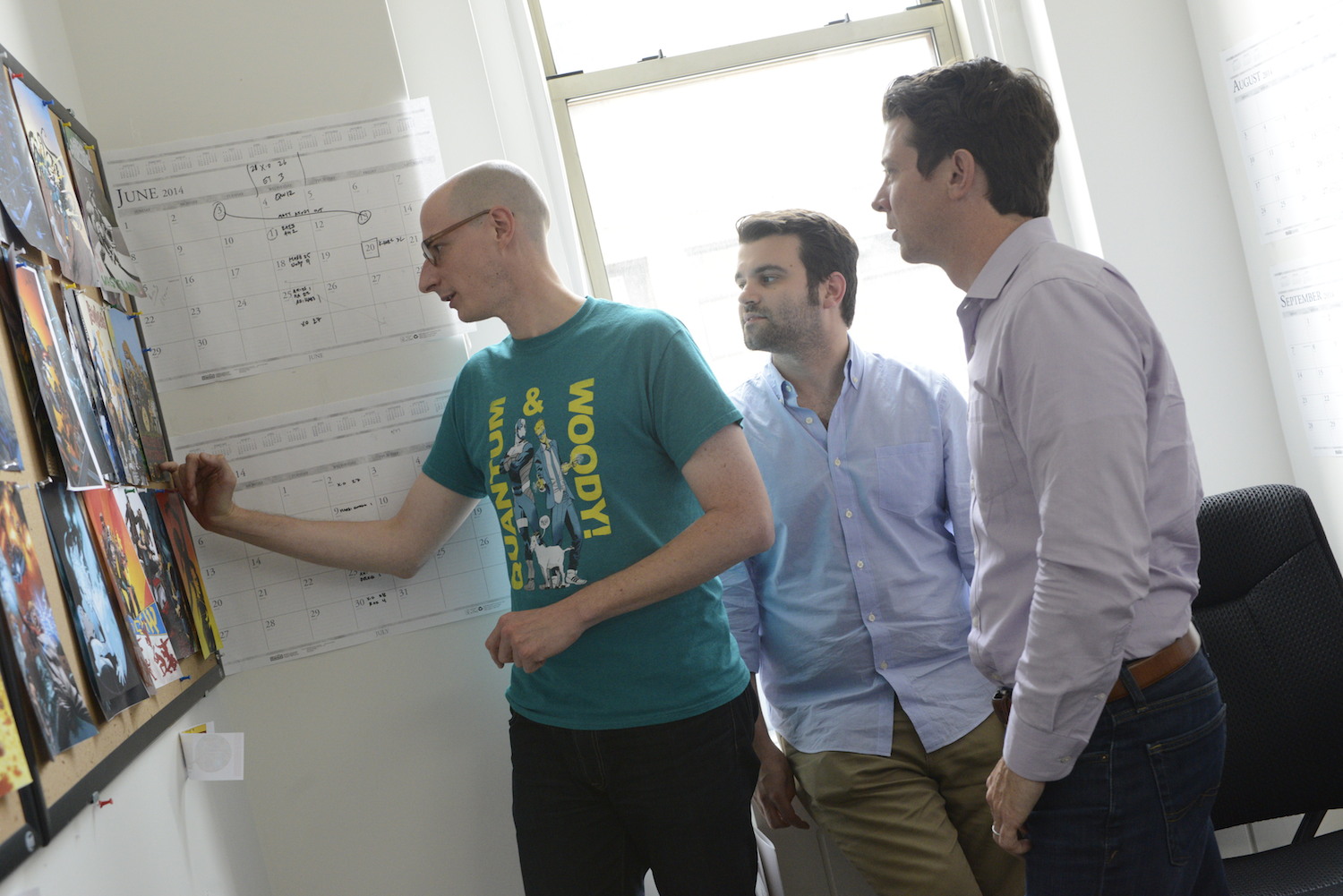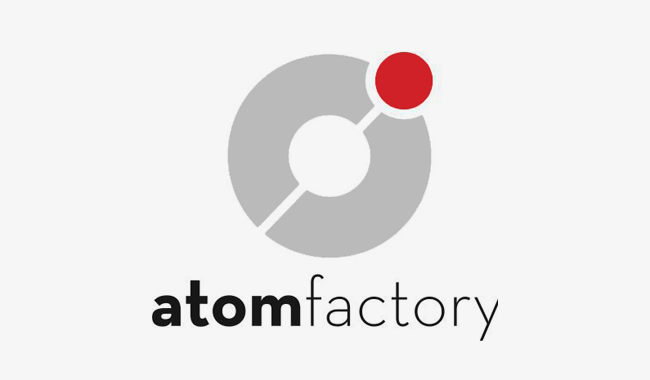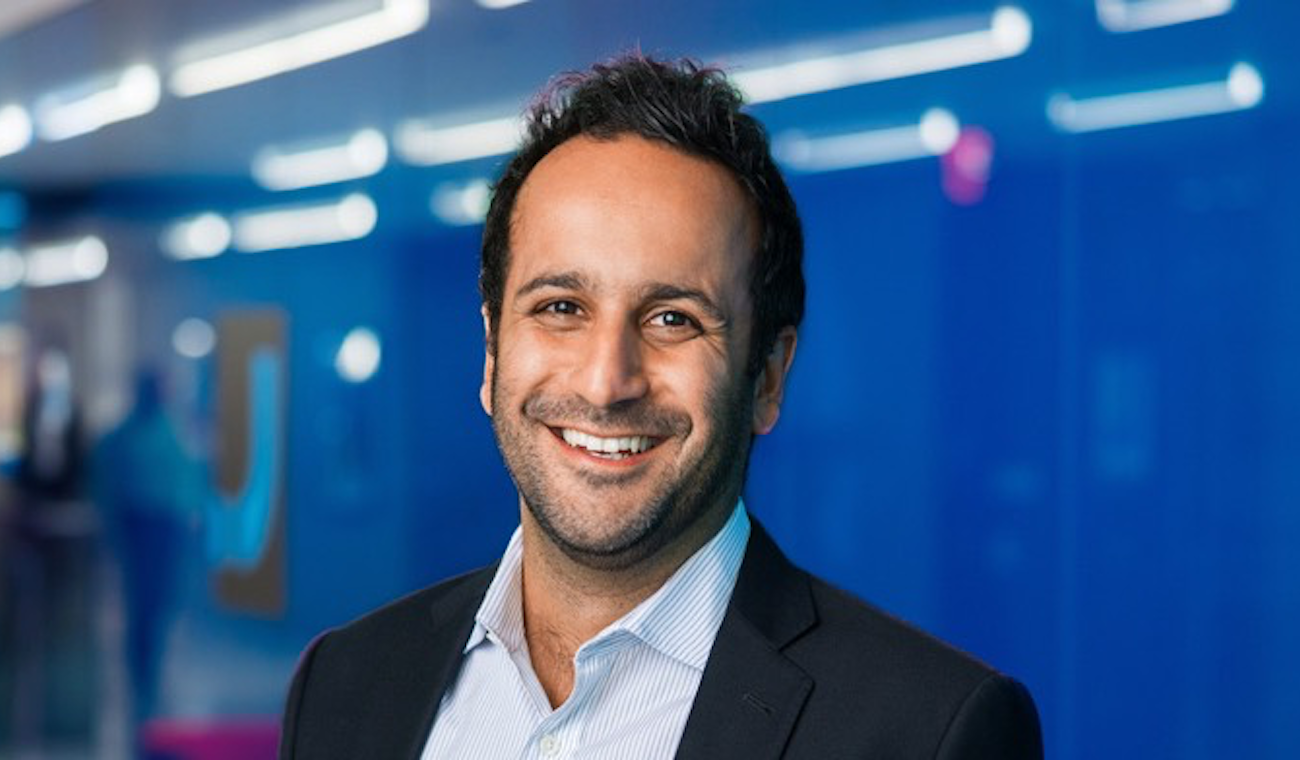
Dow Jones’ tech chief on keeping the company nimble
Published on September 24, 2018
You probably know Dow Jones for its portfolio of iconic brands, like the Wall Street Journal, Barron’s, Factiva, and MarketWatch. Because Dow Jones has more than 100 years of history, you might think the organization’s working style would be more traditional, more set in stone. But you’d be wrong. In the lead up to Dreamforce 2018—where Dow Jones will share how Dropbox and Salesforce can help teams stay in flow—we caught up with Ramin Beheshti, Dow Jones’ chief product and technology officer. Here’s how the established, storied company stays nimble in 2018.
See what you can expect from Dropbox at Dreamforce 2018.
“People come to me, and they say, I want flexibility. I’d much rather an employee pick the tools they’d prefer to work with.” The problem for some companies, says Beheshti, is when employees have amazing experiences at home with consumer tools, then feel forced to use old-fashioned, corporate tools in the workplace. He says today’s employees prefer to constantly try new things at work, like better chat apps, different task managers, or new ways to collaborate on files. Whether it’s a reporter gathering notes in the field, or a Dow Jones financial analyst tracking the markets, the employee doesn’t want to feel stuck.

This kind of flexibility has become even more important today, thanks to the ubiquity of smartphones.
Employees sometimes ask for two very contradictory things: Give me guidance and guardrails of what I should be using, but I still want my flexibility to pick the tools we want to do the job.
“The phone is now the main device our salespeople use,” said Beheshti. That’s why Dow Jones employees are increasingly using apps like Slack to communicate from their phones on the road, or using Dropbox to grab files from anywhere, no matter where they are. When he sees small teams gravitating toward a new tool like this, he’s more than happy to explore the option. If you don’t give employees this flexibility, he says, they’ll simply leave to work elsewhere.
That said, Beheshti knows employees still want some level of guidance. Finding that balance might be the trickiest part about his job. “Employees sometimes ask for two very contradictory things: Give me guidance and guardrails of what I should be using, but I still want my flexibility to pick the tools we want to do the job.”
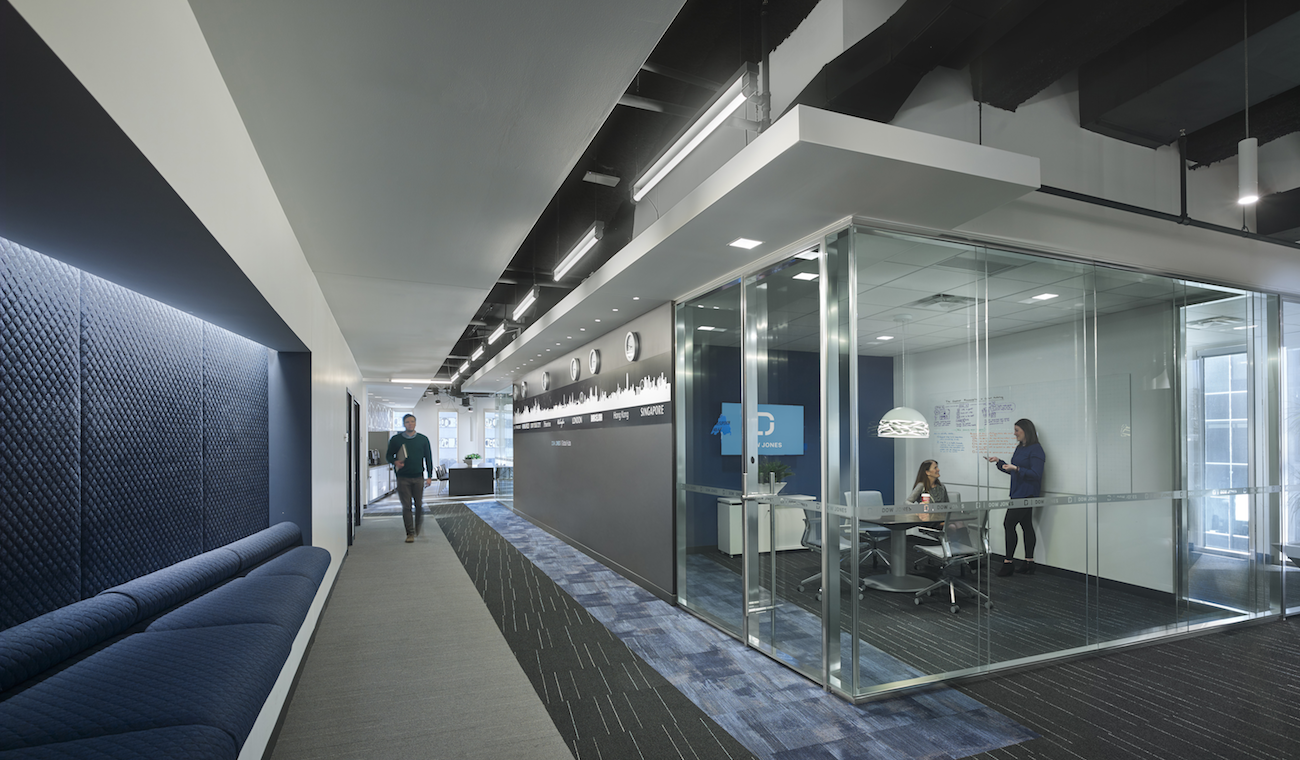
Employees meet at Dow Jones One particularly important guardrail? Security. Beheshti is happy to let his employees experiment, so long as Dow Jones company information stays secure. The good news, he says, is that security for cloud-based tools like Salesforce, Slack, and Dropbox is actually already more reliable than most legacy or in-house alternatives. “Security is core to these company’s businesses,” he said, “These products add much more value than they create risk—they’re more secure than on-premise solutions.”
Given Beheshti’s experience, we asked him what his biggest advice would be for other mid- to large-size companies trying to stay nimble. “Your biggest challenge is sharing information across the org,” he said. In the past, Beheshti noted that information would tend to get stuck within a single team, even if the whole organization might benefit from it.
But by using Salesforce and Dropbox integrations, sharing key knowledge becomes much easier. “I love the partnership between Dropbox and Salesforce, because Salesforce Sales Cloud can manifest all the information that exists about the customer—and then Dropbox can help that team share that info across the entire organization…so it becomes useful to everyone, not just the sales team.”
Whether Beheshti is helping to implement new tools, listening to employees, or exploring different ways to work, it all comes back to supporting Dow Jones teams with a bottom-up mindset. His employees often have the best idea for which tools work best, and the top-down, corporate approach to software decisions doesn’t always work. It’s an approach that’s kept Dow Jones successful after more than 100 years, and it’s one that will likely keep paying off for the next 100.
To hear more about how Dow Jones is staying nimble and choosing tech for the future, join us this week at Dreamforce 2018.










